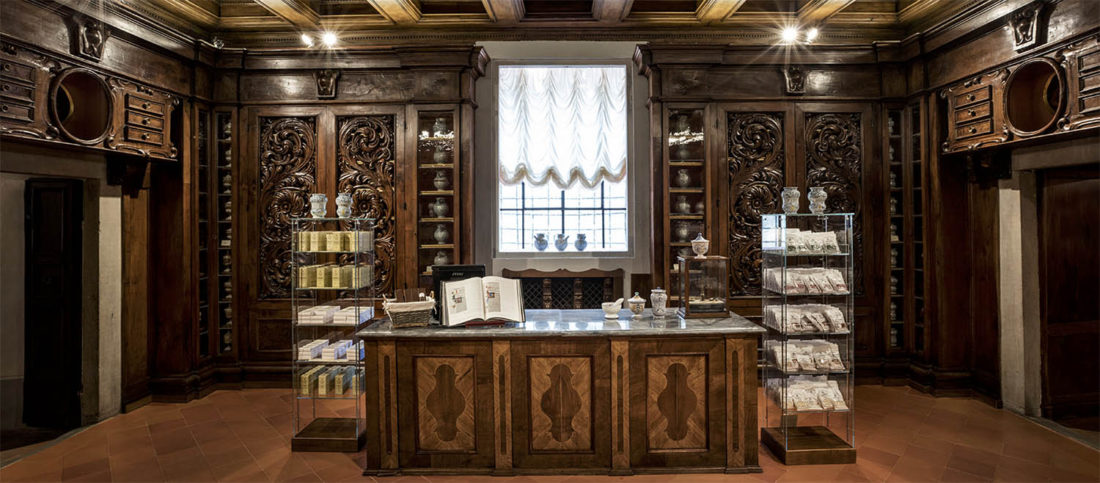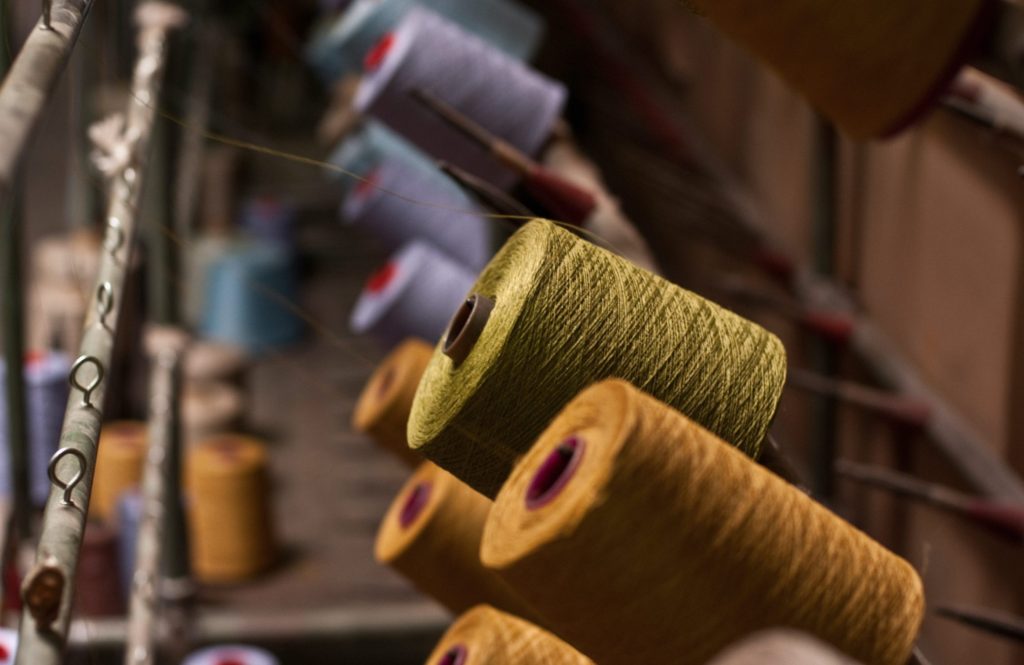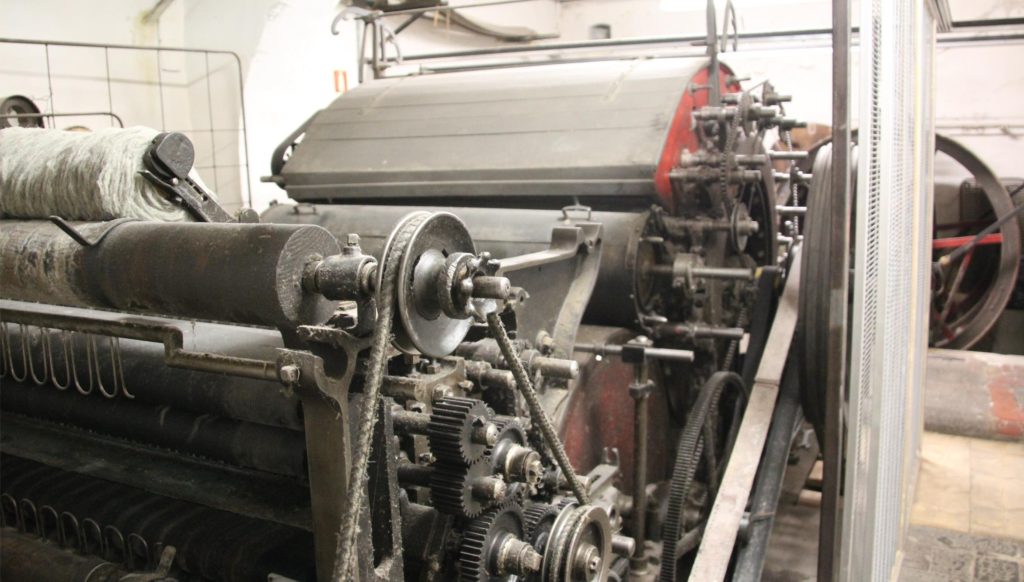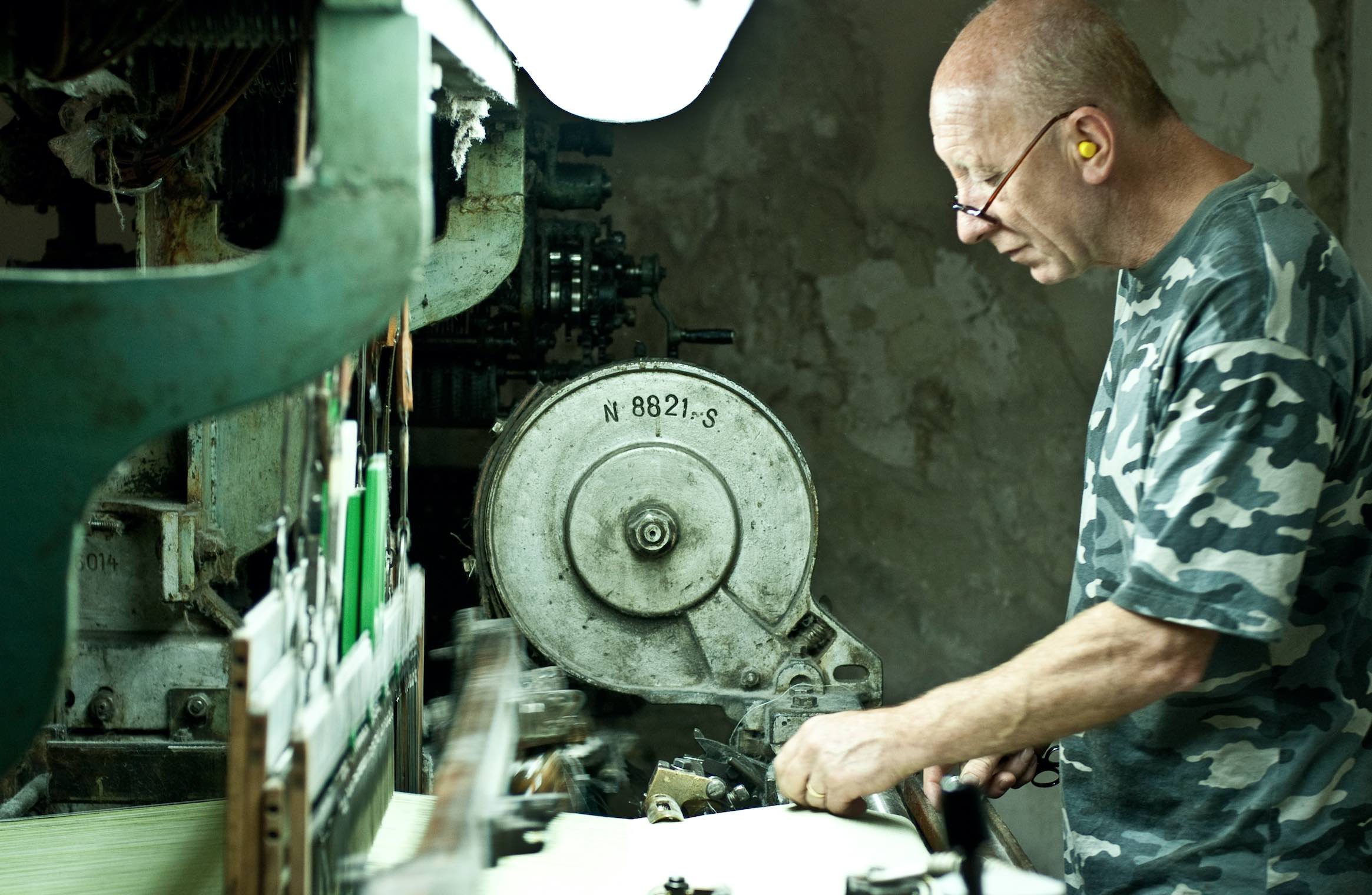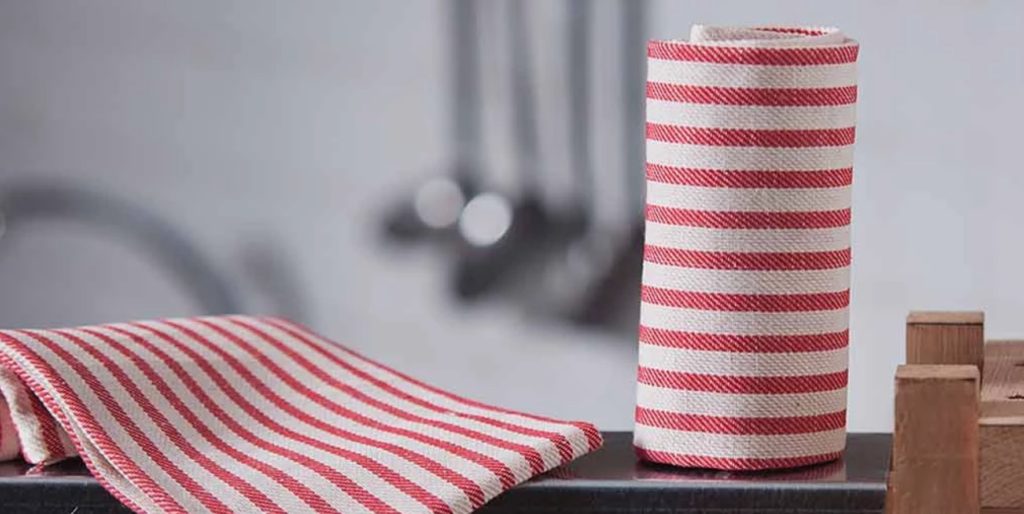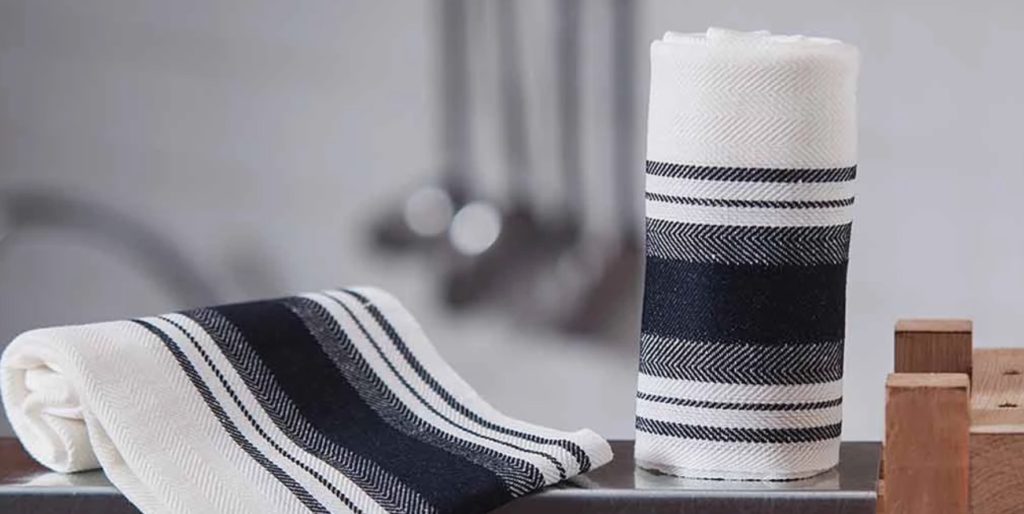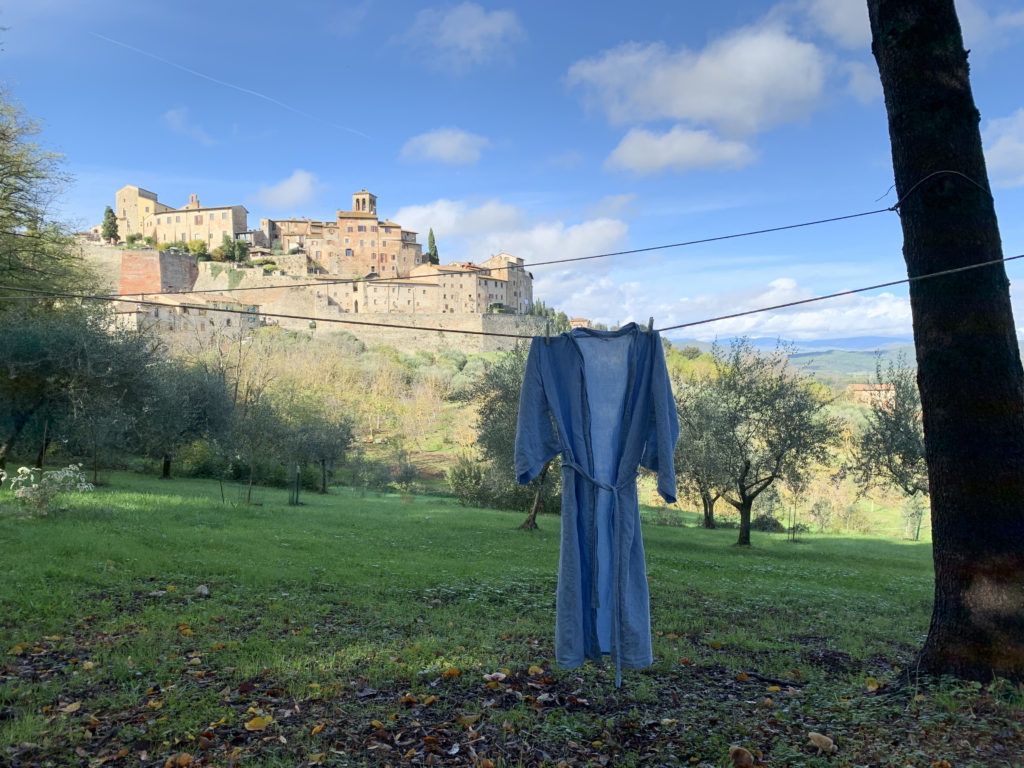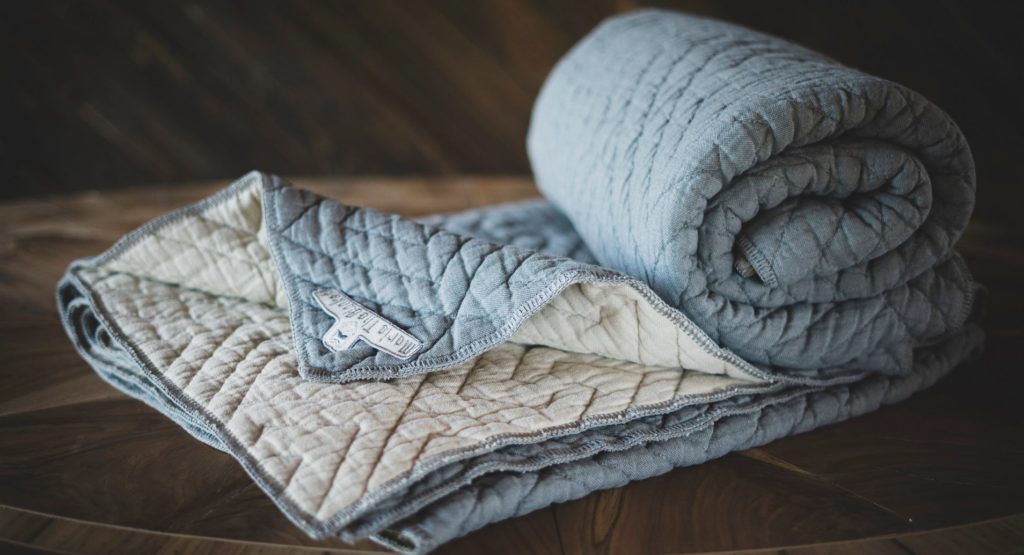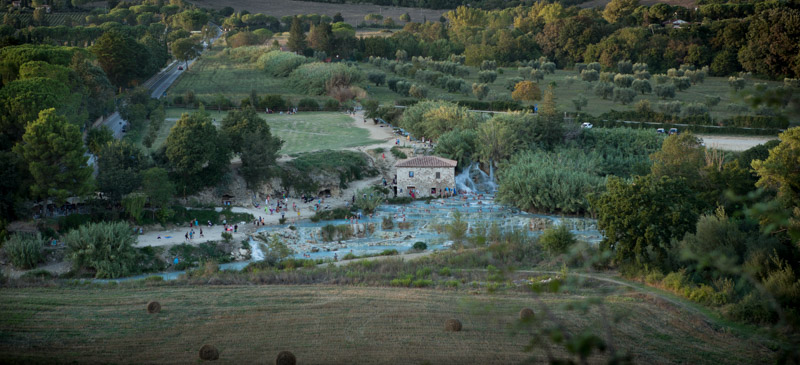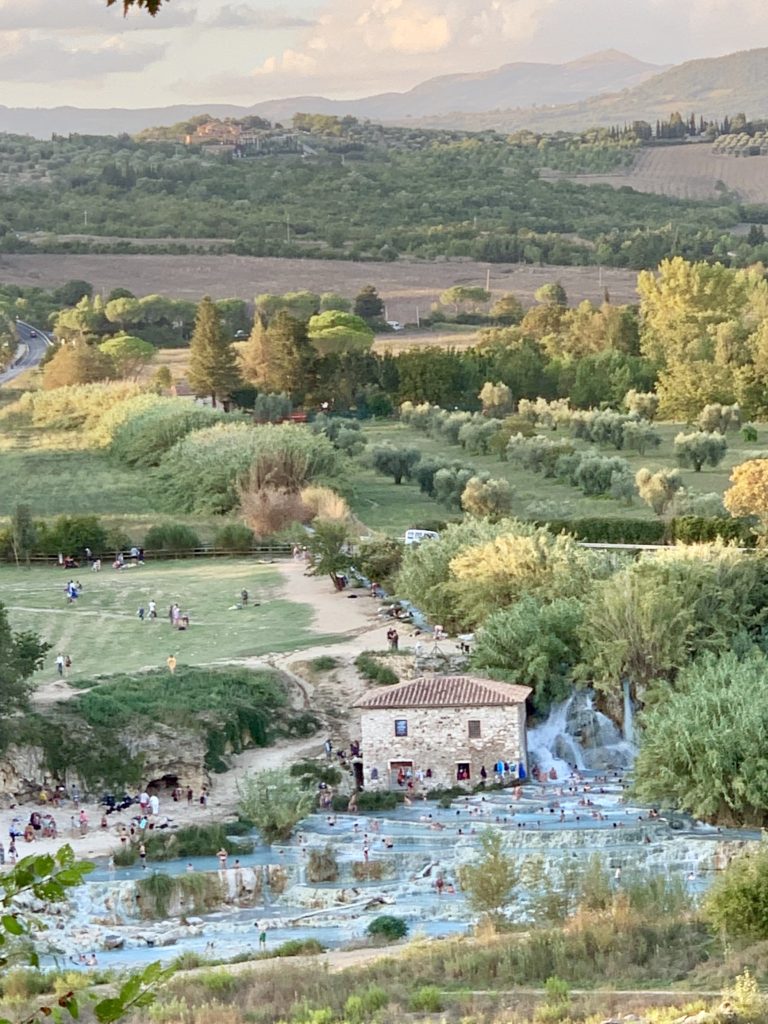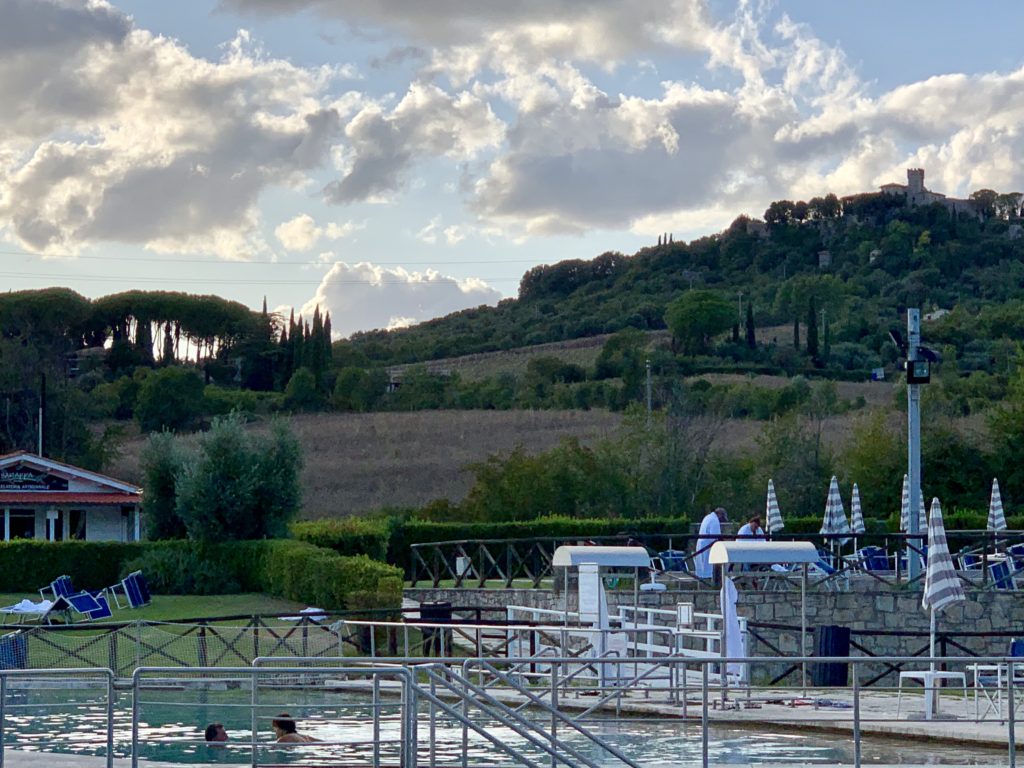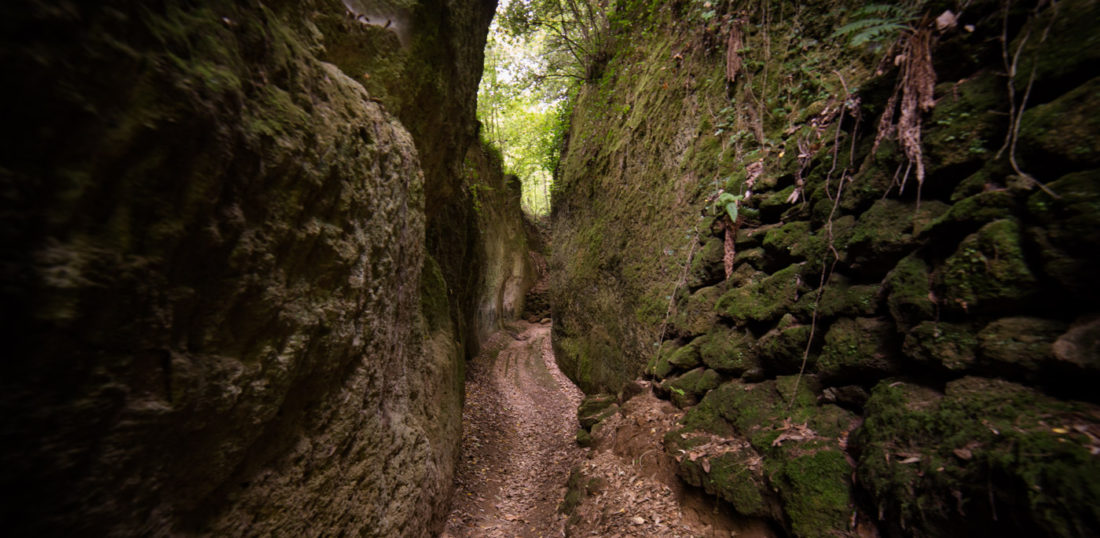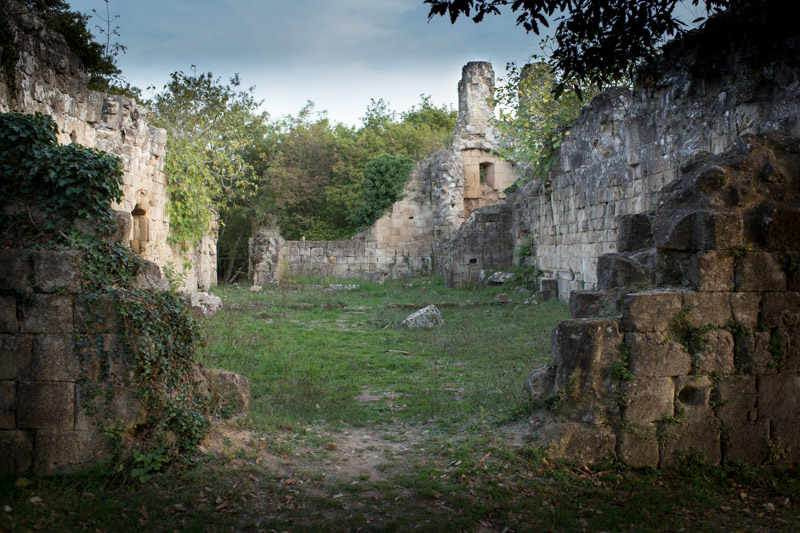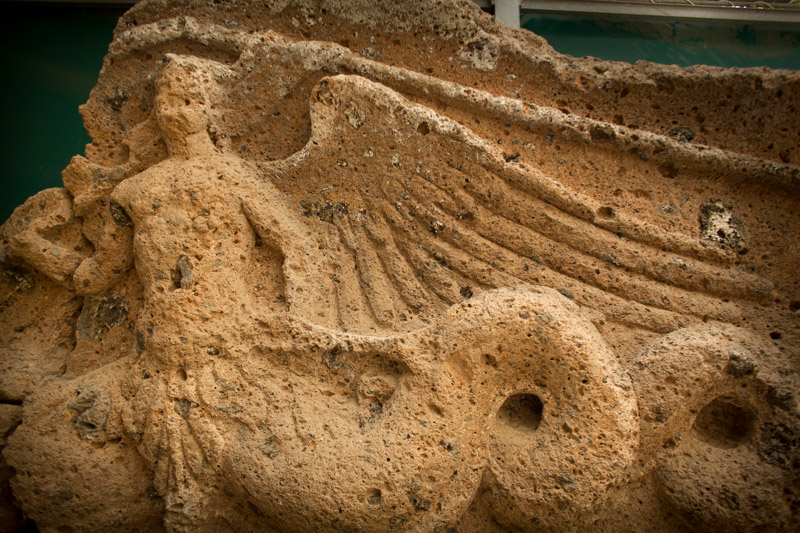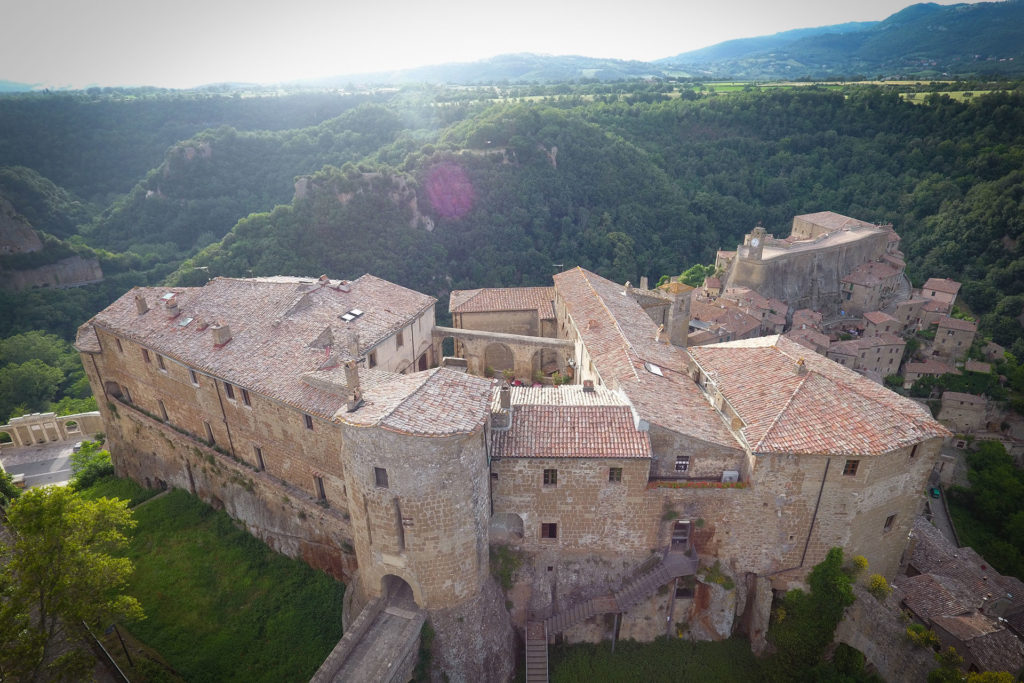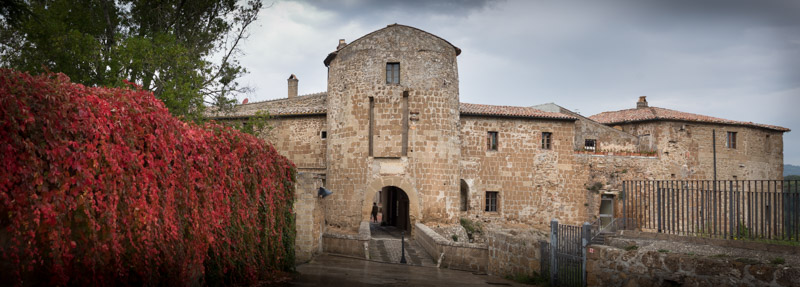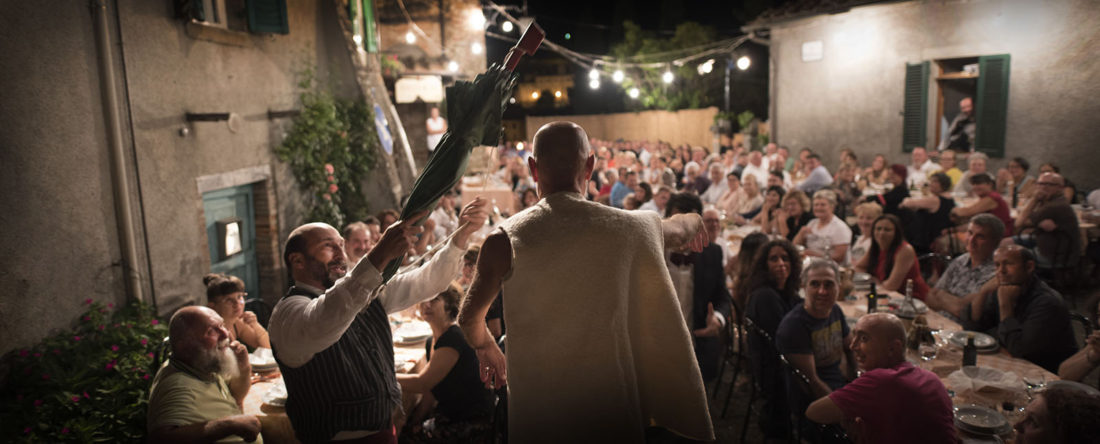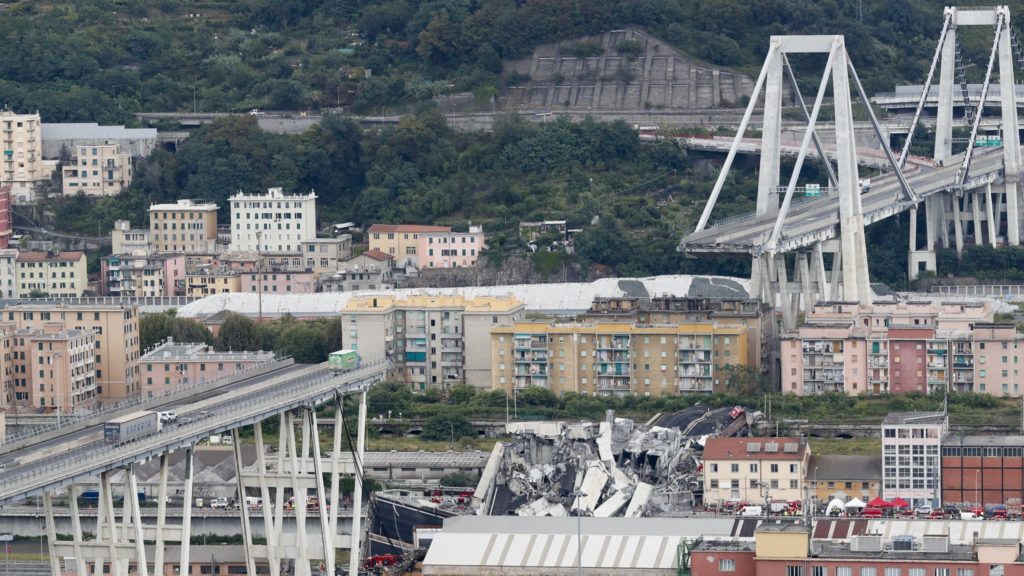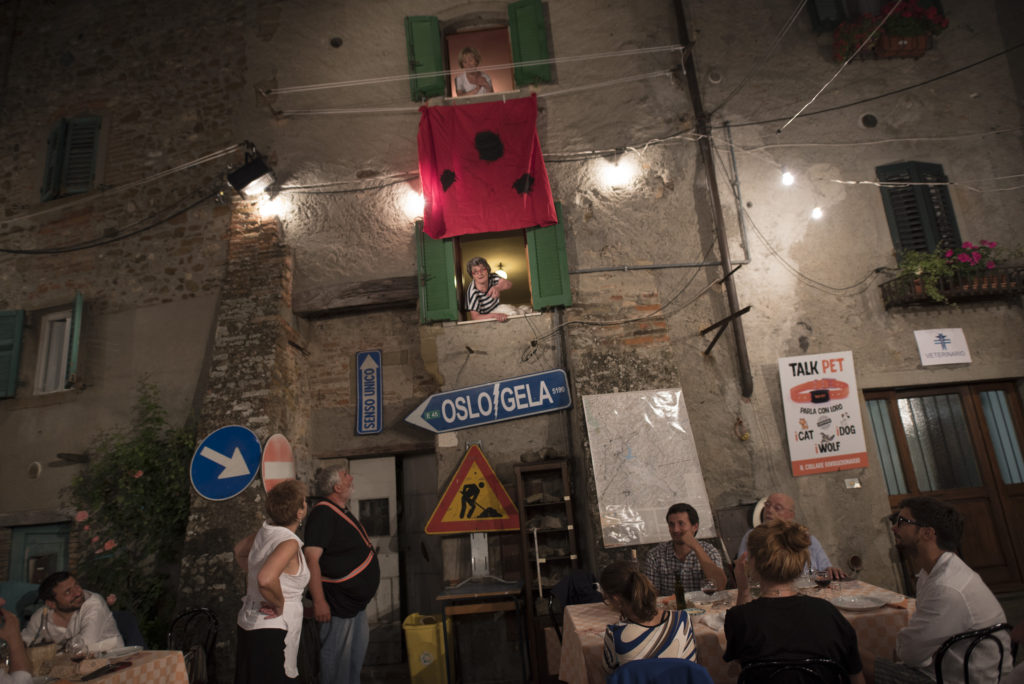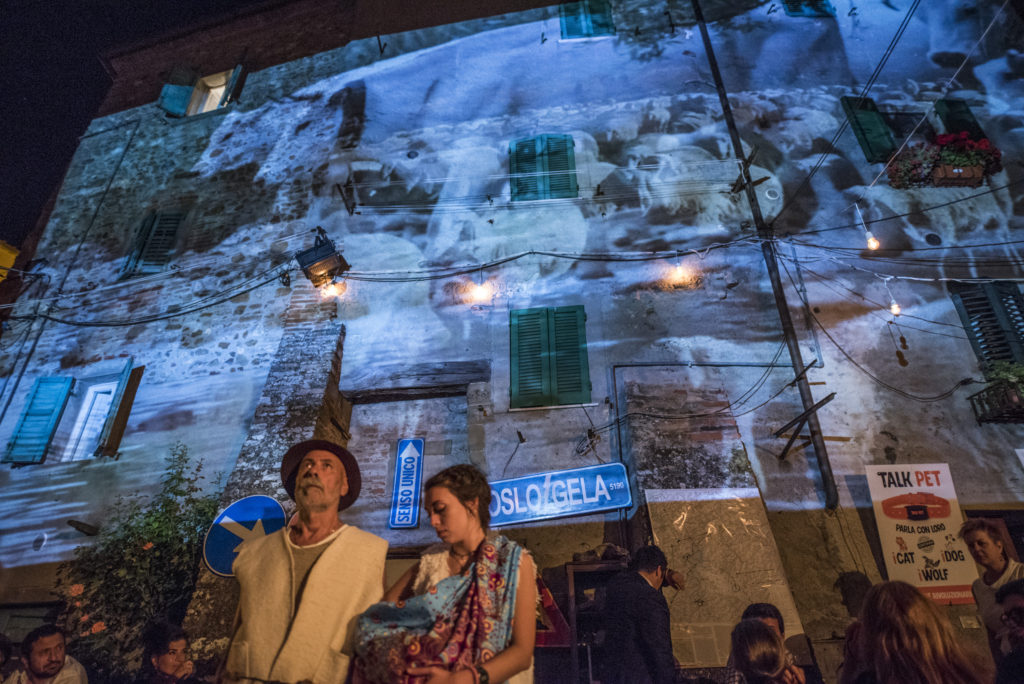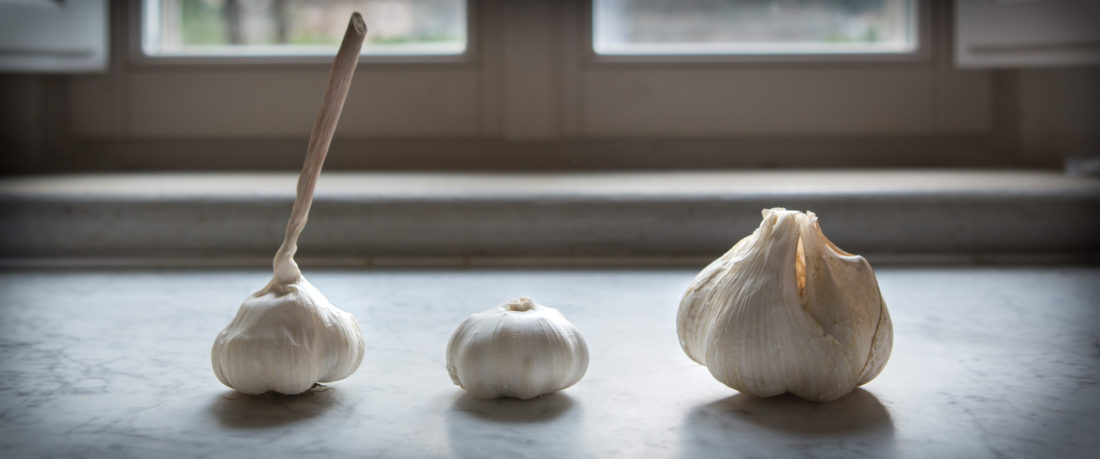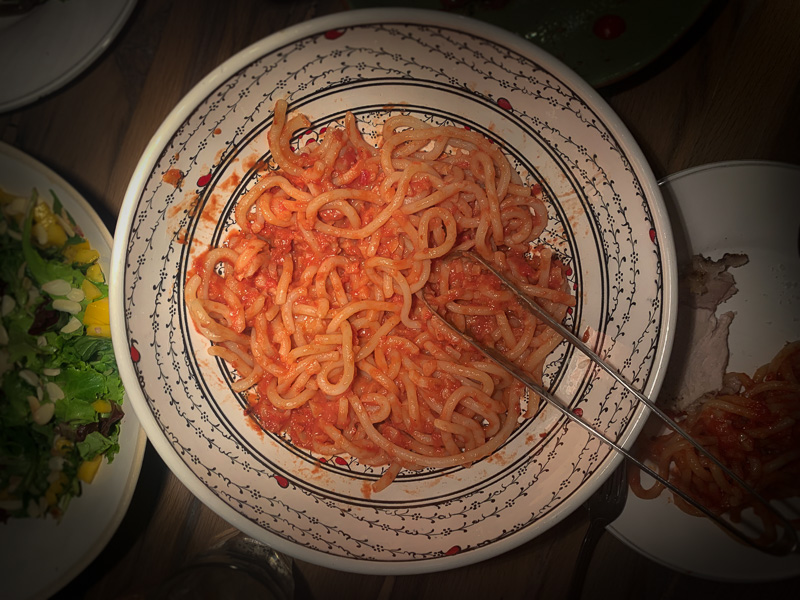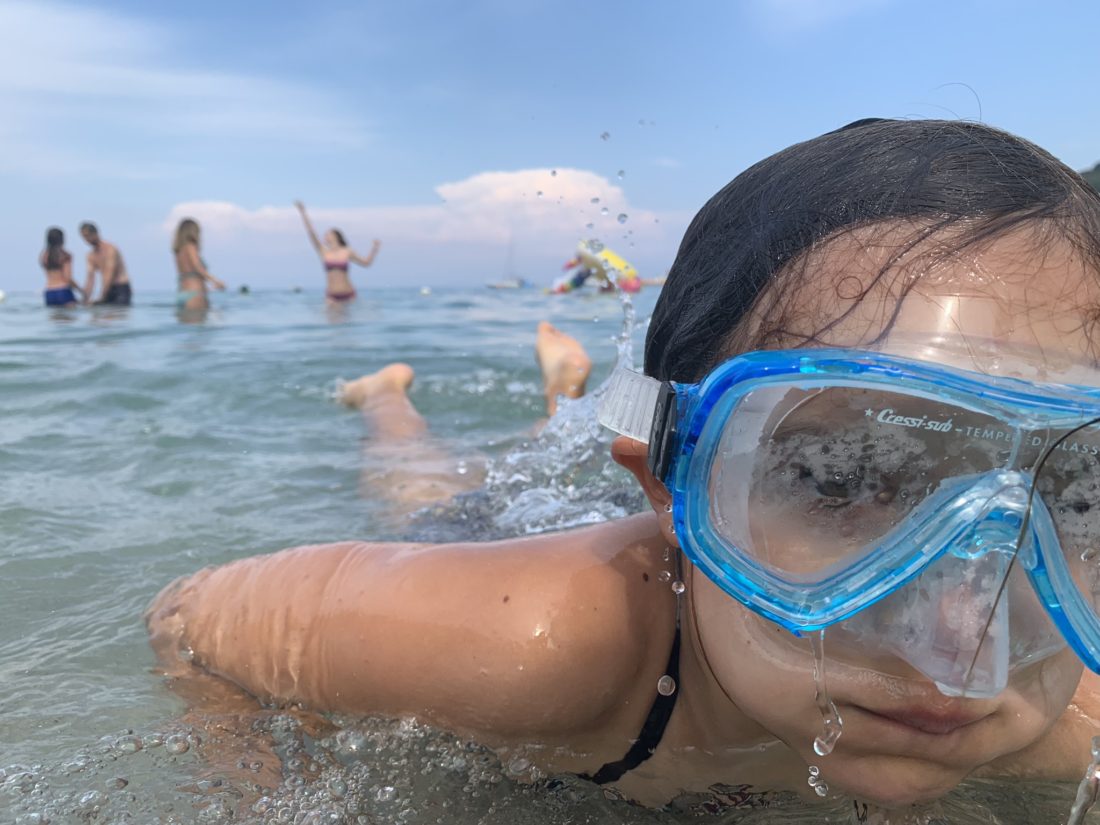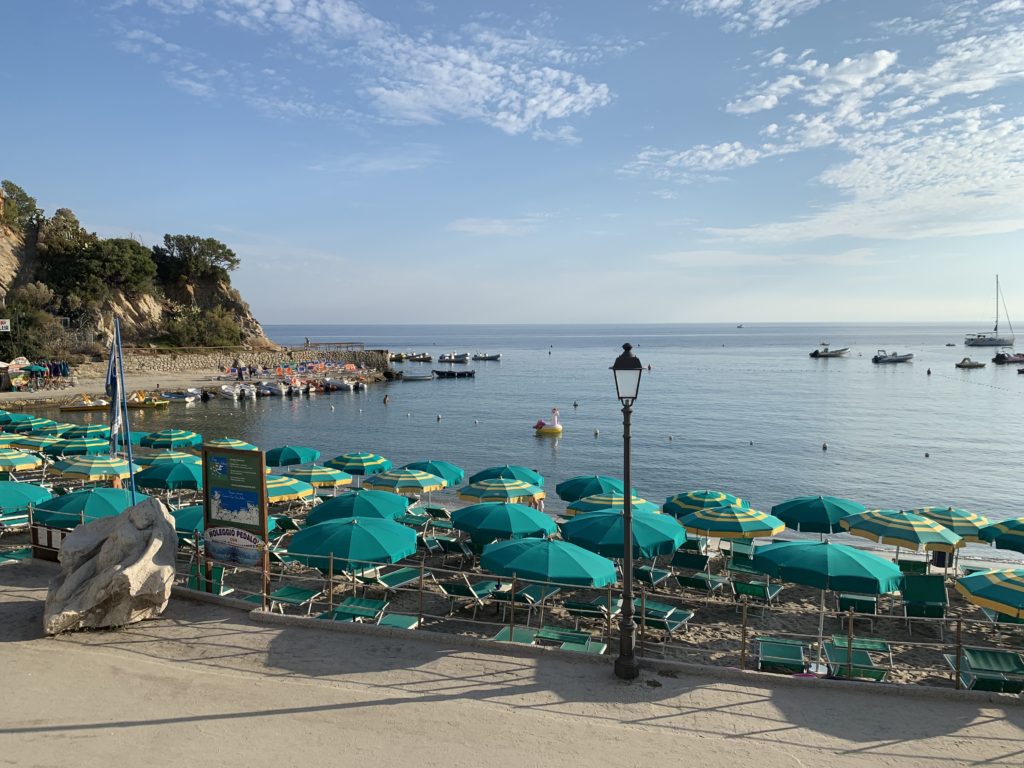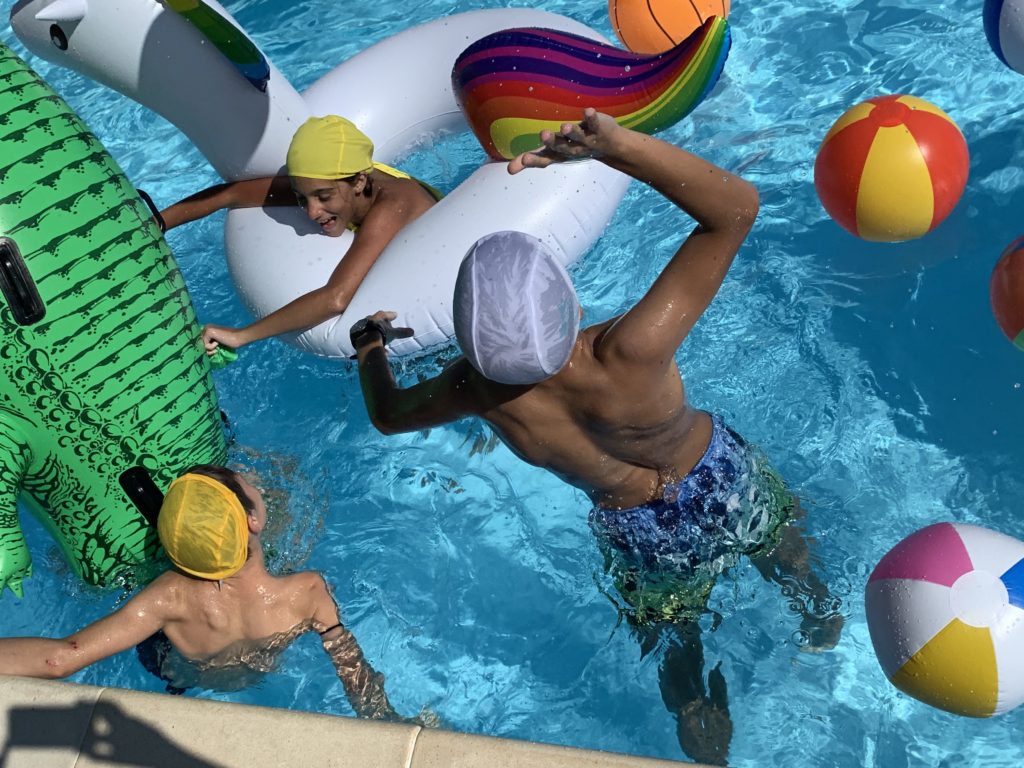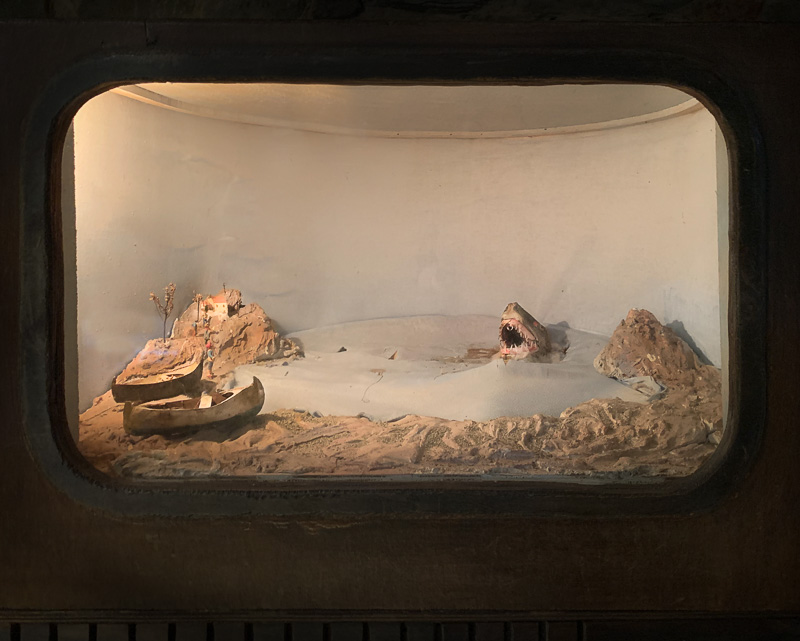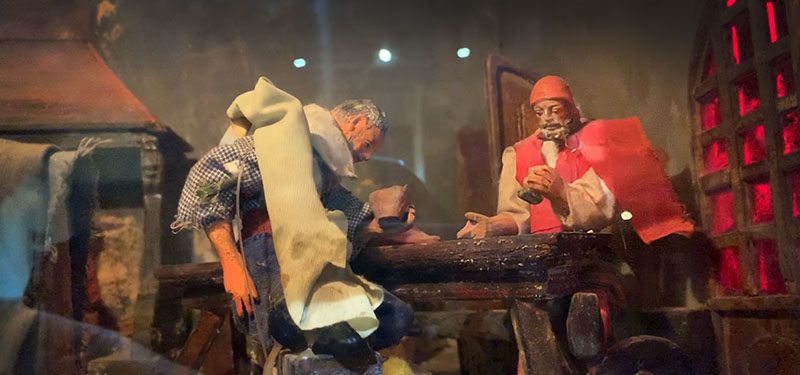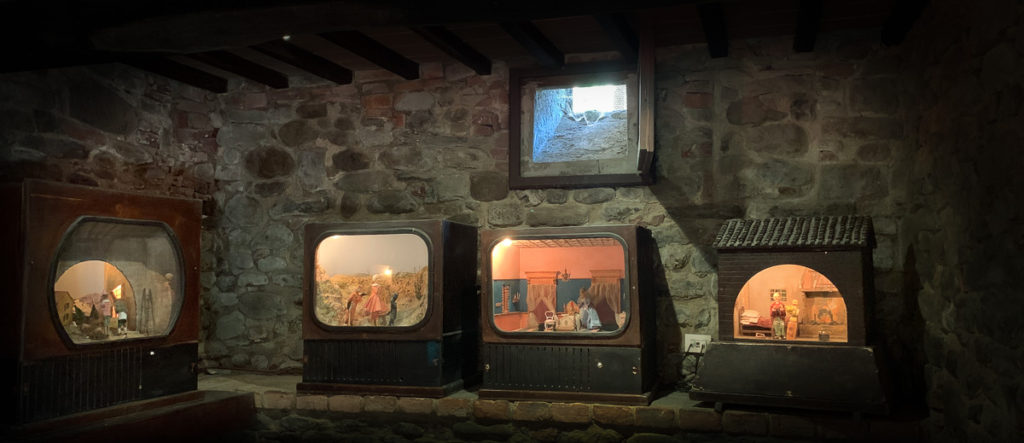Gift inspirations: potions and lotions from monks
Last week I made the trek up into the mountains to the Monastery of Camaldoli to buy gifts at the Antica Farmacia dei Monaci Camaldolesi, or the Ancient Pharmacy of the Monks. Usually “ancient” can be a bit of an exaggeration but I think its use is justified in this case as they have been making healing medicine at this place since May 1048. A couple of monks, Guido and Pietro, rented some land (in perpetuity) located right outside the monastery to raise herbs for healing treatments for the newly established pilgrim hospital. The monks have been at it ever since. And they have quite the collections of books of botany and herbal recipes from over the years.
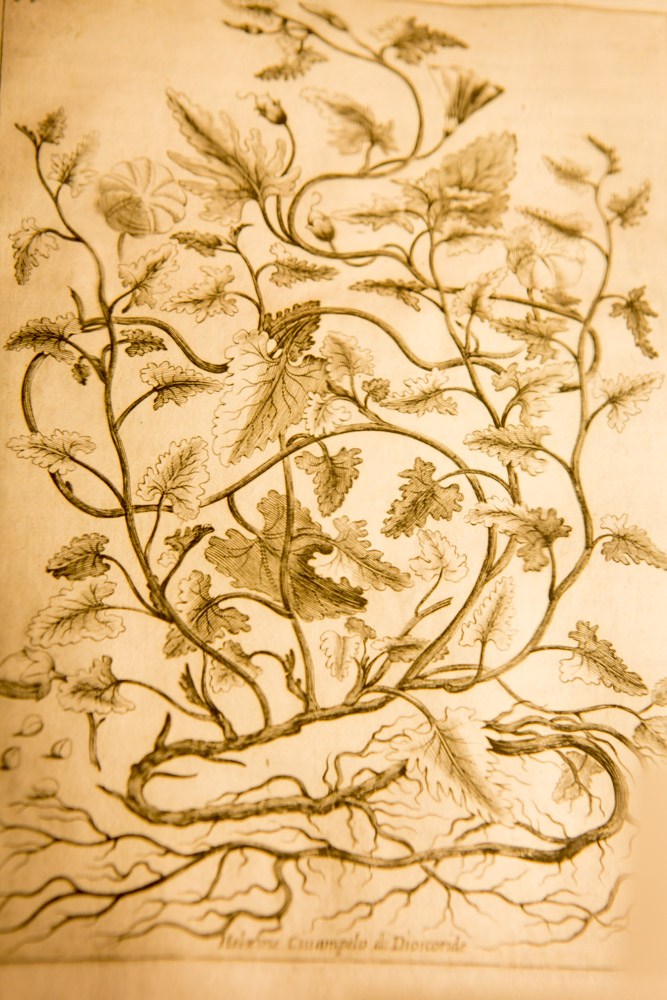
This place feels like it is on another planet. I visited once before for Itch (and wrote about the funny coincidence of this monastery having satellites in Big Sur and Berkeley) and both times I have visited it has been very misty and mysterious.
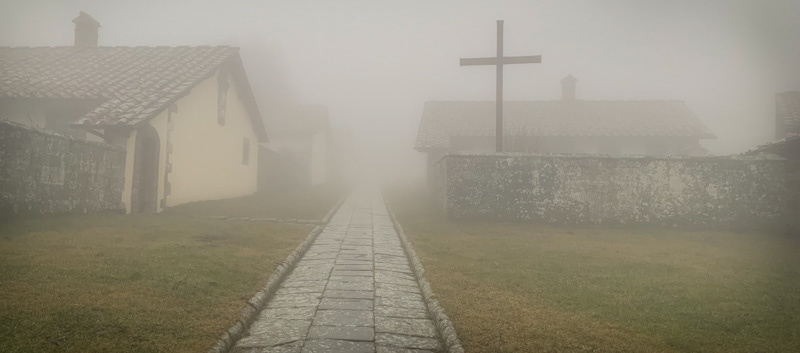
The monastery and the hermitage, which is a few miles further up the hill and deeper into the woods, are located in the Casentino Forest, one of the largest forested tracks in Europe famous for deer, wild boar, and wolves. The sounds of rushing water are everywhere and the smell of pine and clean air wonderful.

The products I’ve tried have been really good — from the kinda-life-changing foot cream to the teas to the soaps — and I love what they make because of the history, but also because I am becoming more and more aware of the thin thread by which so much of Italian “maker” heritage hangs. The artisans and small businesses creating so much of what Italy is known for are finding it harder to thrive, or to exist at all, in the face of global competition and the relentless drive towards lower prices (and quality). I love supporting this kind of enterprise, where things are still made locally, and not in a huge factory overseas and then a label slapped on.
The Farmacia ships worldwide, and has a 10% discount available on checkout. I found their US shipping prices a bit high so also found another site with lower shipping rates to the US, but not as full a range of Camaldoli products.
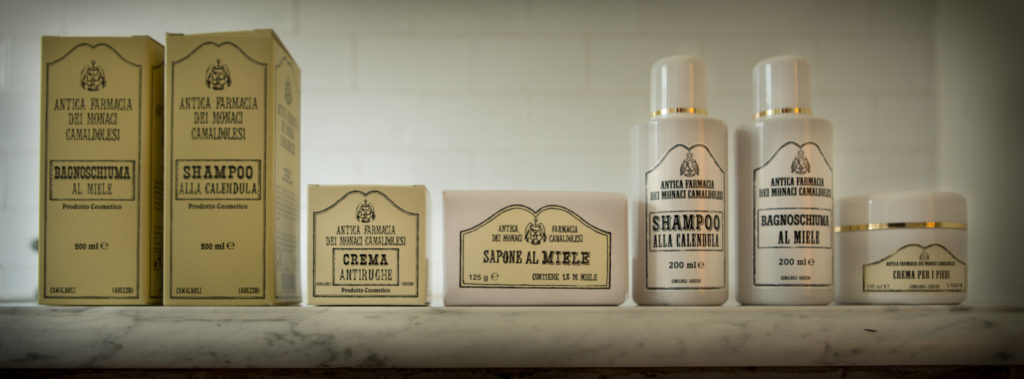
A couple of products I have that would make lovely presents or stocking stuffers:
— The Foot Cream. Visitors to the house roll their eyes when I insist that they try this before bed. And then they steal mine. Get your own.
— Herbal Tisane Tea. I am sipping on #3 at the moment, which is a delicious mix of chamomile, lemon balm, and other mysterious things. It’s soothing but not boring.
— Shampoos. I’ve tried a variety of these and liked them all.
They offer a range of other products I want to try from toothpaste to arnica gel to honey to colognes, an increasing amount organic. I love the packaging and labels as well.


